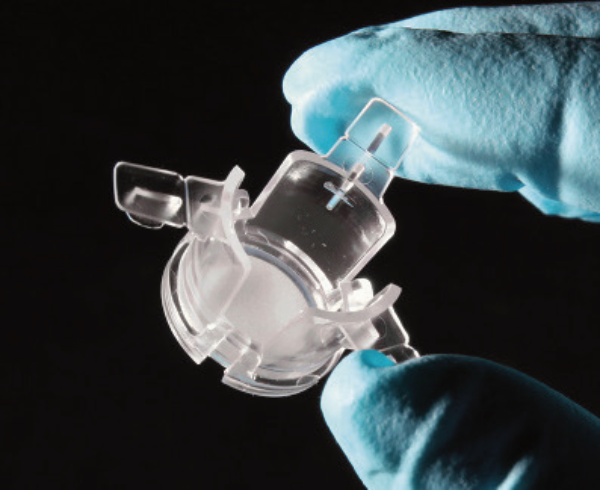- Product Catalog
- Featured
- Products for 3D Cell Culture
Products for 3D Cell Culture
Three-dimensional (3D) cell culture has grown in interest for tissue engineering and drug discovery applications by providing a more physiologically relevant cellular structure. 3D culture allows cells to interact in all directions with their surrounding cellular and extracellular neighbours.
REPROCELL offers a variety of 3D cell culture technologies to support a range of experimental designs, from skin models to cancer invasion to in vivo implantation to embryoid body formation.

Alvetex® 3D Cell Culture and Tissue Bioengineering Systems
By REPROCELL®
REPROCELLʼs Alvetex brings a new dimension to your research capabilities, delivering more in vivo-like results over two-dimensional monolayer cultures. Comprised of highly porous cross-linked polystyrene, Alvetex has been adapted to fit a variety of conventional cell-culture plasticware formats. We have extensive protocols and application notes covering a wide variety of cell types.
Alvetex provides:
- Genuine 3D cell culture
- Ideal geometry for 3D culture
- Easy transfer from 2D culture
- Stability for long-term studies
- Requires no specialized equipment
.png?width=450&height=450&name=Alvetex%20Scaffold%20microscopic%20structure%20(SEM).png)
Scanning electron micrograph (SEM) image of Alvetex Scaffold.

Alvetex Scaffold in 96 well plate format.

Full-thickness human skin model grown on the Alvetex Advanced tissue bioengineering system.

Alvetex Advanced 15 mm modular inserts containing Alvetex Scaffold, in insert holder.
AteloCell® Atelocollagen
By KOKEN®
Collagen is an extracellular matrix found in the dermis, ligaments, bones, etc., and accounts for approximately 30% of the total protein in the human body. AteloCell atelocollagen, from Koken, Ltd., Is comprised of peptides formed by peptidase treatment of native collagen.
AteloCell atelocollagen forms a wide variety of physical forms, and it is bio-absorbable, making it ideal for combined in vitro – in vivo studies. AteloCell has been widely used for studies involving nerves, bone and connective tissue.

AteloCell Honeycomb Sponge
.png?width=450&height=369&name=Atelocollagen%20membrane%20(transparent).png)
AteloCell membrane (transparent)
EZSPHERE™ microwell dishes and plates
By Asahi Glass Corporation® (AGC)
EZSPHERE™ microfabricated vessels, from Asahi Technical Glass Co., Ltd, are created by lasers to have multiple, regularly-spaced, precisely controlled microwells of 200-1400 µm diameter and 100-400 µm depth etched into the bottom of a traditionally-sized culture dish. The plates and microwells are coated with a proprietary polymer coating to minimize protein binding.
These plates are ideal for forming uniformly-sized microaggregates, such as Embryoid Bodies (EBs).
EZSPHERE dishes are formatted for 6-, 24-, and 96-well microplate, as well as a variety of culture dishes.

EZSPHERE microwells

EB formaton on EZSPHERE